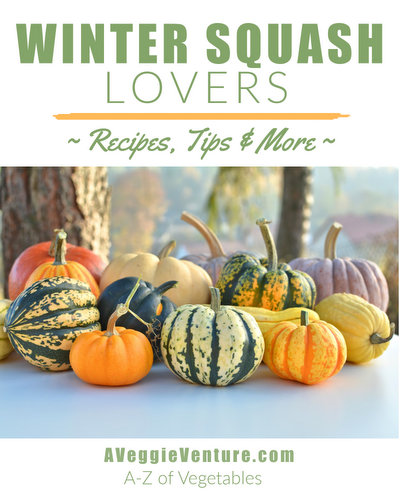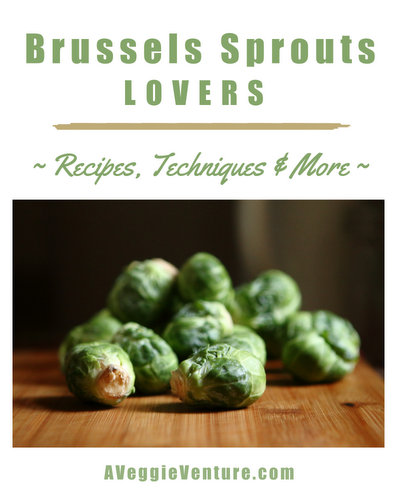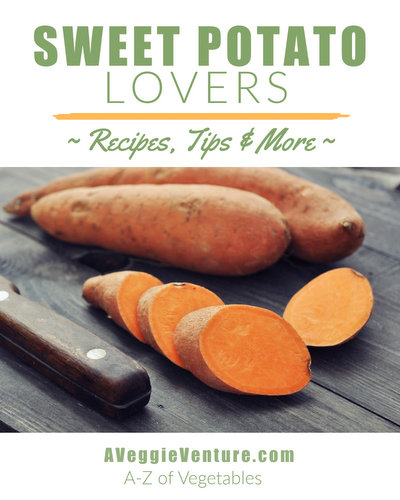How to Keep Fresh Vegetables Fresh Longer
How to Save Money on Groceries by Refrigerating Vegetables Properly, Keeping Them Fresh Longer. Lists of Vegetables to Keep in the Fridge, Which Vegetables to Leave at Room Temperature. More Practical, Useful Tips About Vegetables from A Veggie Venture.
Reducing Food Waste to Save Money
One way to save money on groceries – something we're all paying considerable attention to thanks to skyrocketing food prices – is to follow Ben Franklin's maxim, Waste not, want not. I'm especially aware of this during summer, when the temptation of the Saturday morning farmers market surpasses my inclination to cook once home. I've learned the hard way that my best rhythm is to limit purchases to just a couple of days, then, with any luck, visit the Wednesday market for the rest of the week.So I pored through the fresh produce tips in the recent issue of Cook's Illustrated in an article called, "How to Keep Produce Fresher Longer". Here's a sampling but I do recommend picking up an issue for the complete story that includes tips on keep fruit fresh, too, also some of the science behind their tips about keeping produce fresh longer. See??? This is why I love Cook's Illustrated! You do subscribe, don't you? (affiliate link)
This is a summary.
Three Refrigerator Microclimates
A refrigerator has "microclimates". Cool! (Pun alert!) My dad gave me an indoor outdoor thermometer (affiliate link) for Christmas so I put the outside sensor into the fridge, never once thinking it would report the "inside" temperature all the way through the refrigerator walls. But it did! So I was able to measure the interior temperature of the three "microclimate" areas in a refrigerator.BTW I love-love-love this thermometer. It would make a great gift for other weather watchers. But using it with the fridge makes me realize that it might help monitor the temperature around a bowl of bread that's rising, too, since I'm always fussing with whether it's too warm or too cold. I digress, sorry.
Where to Store Different Vegetables in Different Spots in the Fridge
So now that we've figured out the location and temperatures of our own zones, what vegetables go where?When to Wash Fresh Vegetables to Extend Freshness
This is always my question! I often want to "meal prep" vegetables by washing them as soon as they come into the kitchen. Wrong! Instead, wash vegetables just before using them since moisture encourages mold which encourages spoilage. If you do wash beforehand, dry before putting into the fridge.Retain the Original Packaging
Cook's Illustrated suggests that we store produce in their original containers which have often been especially designed to keep the produce fresher. Note: Their story does seem to be oriented to supermarket vegetables which have been bred for long shelf lives under certain conditions versus vegetables from your own garden or the farmers market or a CSA.Certain Techniques for Certain Vegetables
from A Veggie Venture
~ How To Keep Green Onions Fresh for Weeks ~
~ My Most-Used Kitchen Tool, a Garbage Bowl or Compost Bowl ~
from Kitchen Parade, my food column
Introducing the A-Z of Vegetables
So now that we know where to store our vegetables to keep them fresh longer, we'll need more recipes to cook them too. I know just the source, right here on A Veggie Venture. :-)Looking for healthy new ways to cook vegetables? A Veggie Venture is home to hundreds of super-organized quick, easy and healthful vegetable recipes and the famous asparagus-to-zucchini Alphabet of Vegetables. Join "veggie evangelist" Alanna Kellogg to explore the exciting world of common and not-so-common vegetables, seasonal to staples, savory to sweet, salads to sides, soups to supper, simple to special.
© Copyright Kitchen Parade
2008 & 2020
© Copyright Kitchen Parade
2008 & 2020





Great tips, Alanna.
ReplyDeleteI continue to love your recipes as they are so easily adaptable! For example, last night I used some of my farmers market goodies and stir-fried green beans (gleaned from an older recipes but sans garlic which I don't like), added carrots, beet greens (read about them on a recent post), leftover grilled chicken, some herbs, and served all slightly warm over red leaf lettuce in a lemon vinaigrette.
Very informative post. I do envy my friends who have vegetable gardens and can pick just what they need every day, but for the rest of us, it's great to know how to make our farmstand and CSA produce last longer.
ReplyDeleteThanks for this, Alanna. I had read the CI article, but just yesterday I was trying to remember which issue it was (so many cooking magazines...). You're right, the bright, fresh produce at each market is overwhelming, and it's hard not to buy it all just because it's so pretty. Hopefully next time my eyes are bigger than my refrigerator, these tips will help out.
ReplyDeleteHave you ever tried the Evertfresh or Debbie Meyers green bags? I've been using them (the Evertfresh bags) for about 5 years (I think). They really do work! I've had lettuce (washed, spun dry, wrapped in paper towels) in green bags last for at least two weeks. I had an eggplant come in my organic produce delivery, which usually should be used within three days, last for 9 days (still good when I sliced and grilled for sandwiches). Apples and oranges have lasted at least two months. I love those bags! I wash and air dry them between uses. They can be re-use about 10 times.
ReplyDeleteThank you for this article. I thought it was very helpful. I love your writing. It’s funny and I loved reading it, it was a pleasure. By the way I digress too.
ReplyDeleteHave a great day.
Question: How do you store such things in your crisper as this? BEST in the CRISPER: (after trimming the ends and placing upright in shallow cool water, then covering with plastic).
ReplyDeleteMy crisper is not designed to hold anything other than laying it down.
Anonymous ~ My crisper drawer isn't tall enough for asparagus, even when trimmed, so I just use a tall tupperware container in the main section. Works like a charm!
ReplyDeleteThis comment has been removed by a blog administrator.
ReplyDeleteThis comment has been removed by a blog administrator.
ReplyDeleteThis comment has been removed by a blog administrator.
ReplyDeleteThis comment has been removed by a blog administrator.
ReplyDeleteThis comment has been removed by a blog administrator.
ReplyDeleteThis comment has been removed by a blog administrator.
ReplyDeleteThis comment has been removed by a blog administrator.
ReplyDeleteThis comment has been removed by a blog administrator.
ReplyDelete